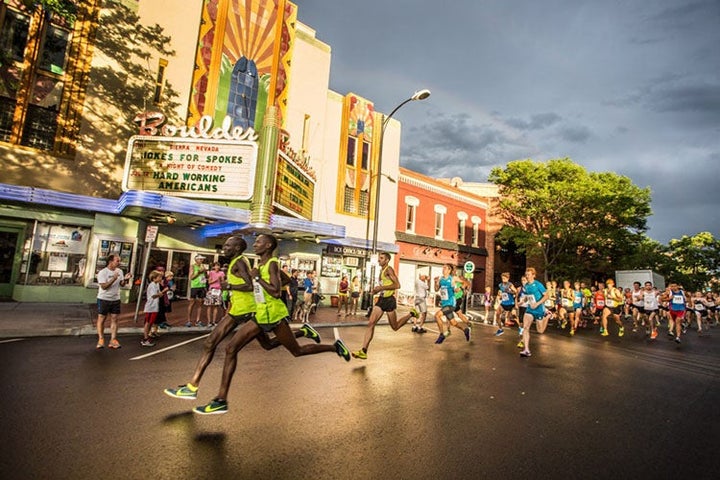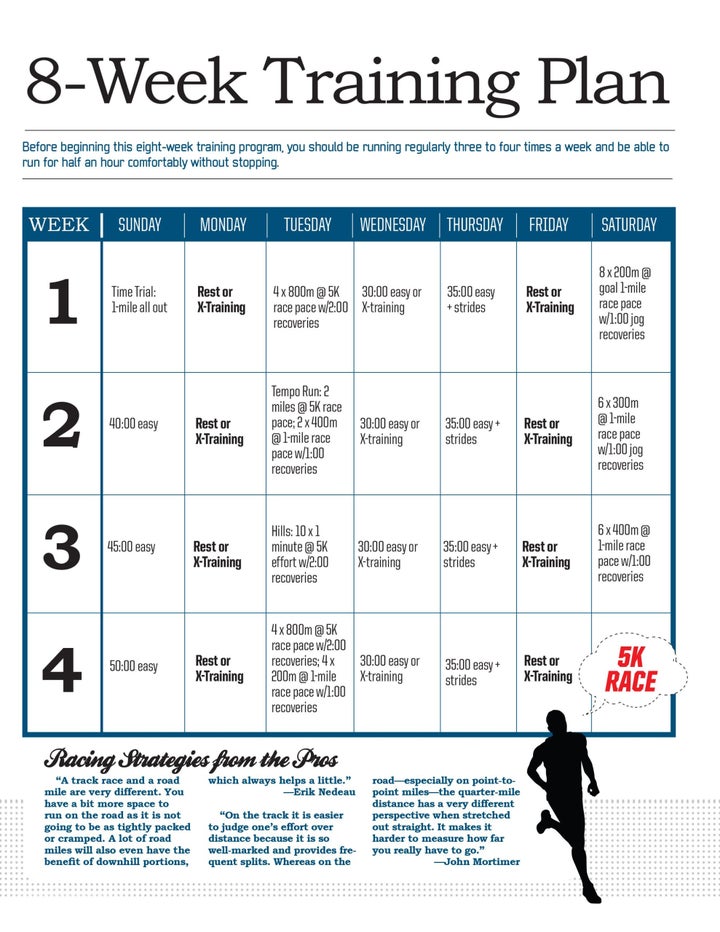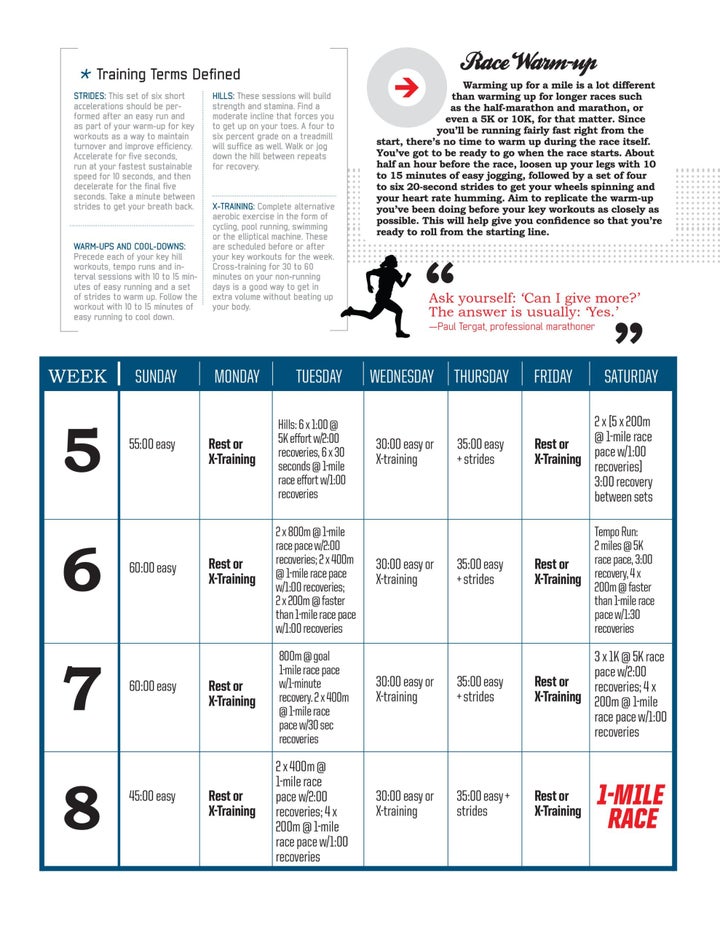Think back to your elementary school days and the first race you probably ever ran: the gym-class mile. If you ran track competitively in high school or college, you might have raced the mile; a fast, four-loop race that is surprisingly tough as well as tactical. Fast-forward a few years, you’ve done countless 5Ks, dozens of 10Ks and half-marathons and and a handful of marathons, but racing the mile has likely been relegated to a former life.
Fortunately for those of us who would like to return to the simpler racing of our youth, the mile has made a comeback, both the four-lap event at all-comer’s track meets and unique road miles in cities across the country, offering an alternative to long-distance racing and a different way to connect with the sport.
“The race is hard enough that it takes a great deal of effort, but short enough that anyone feels like they can do it,” says Erik Nedeau, a former 3:57 miler, and the former cross-country and track coach at Amherst College in Massachusetts. “A 5K might seem long to some and a marathon too much of an endeavor, whereas knowing that there is a local mile race coming up can be just the motivator.”
Don’t fear the mile. It’s not just an exclusive all-out sprint reserved for a handful of fast folks with spiked shoes. Whether you’re trying to break five minutes or 12 minutes, this classic footrace allows all runners to test their personal limits.

A Balance of Strength and Speed
To race the perfect mile, a runner needs to possess an equal balance of strength and speed. The fastest guy in the field won’t make it to the finish line first if he isn’t strong enough to hold that speed for 5,280 feet. And the strongest guy won’t win, either, if he doesn’t have a decent set of wheels. Use this plan to maximize how long you can maintain your fastest sustainable speed for four laps of the track or a one-mile stretch of road, while fighting off the inevitable rush of oxygen debt this middle-distance race is known for.
“Like any race of longer distance, strategy and tactics are learned by experience, training, trial and error,” says John Mortimer, a former professional runner whose mile personal best is 4:01.64. “But in the mile specifically, I suggest an athlete do race-specific training to teach the body to handle the increased levels of oxygen debt. Luckily at the end of a mile, it is only a few short minutes of pain versus miles of pain if one hits the wall in a marathon.”
The twice-weekly workouts in our one-mile training blueprint represent a balanced mix of strength (hills), stamina (tempo runs) and speed (intervals) aimed at preparing you to run your best mile. You’ll start with a one-mile time trial at the beginning of the training program, and the progression of the workouts over the following eight weeks are geared toward helping you improve this initial mark. Will some of these sessions be uncomfortable? Most definitely, but training for and racing the mile is all about embracing a new challenge, dealing with a few minutes of discomfort and breaking through barriers.
The Training Plan


Download: Mile Training Plan: Weeks 5-8


